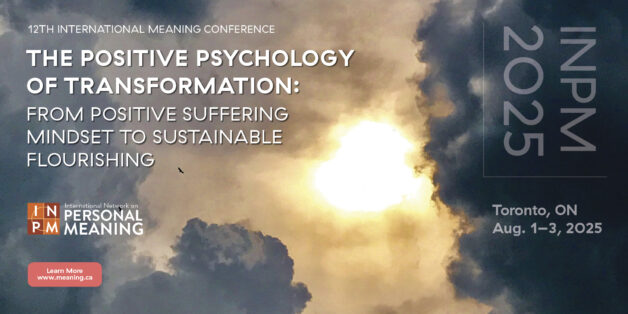Description
This paper examines the characteristics of youth at-risk and the complexity and meanings found in educational-therapeutic discourse according to the existential approach of logotherapy. Possible directions for therapeutic work are suggested in line with the intersubjective approach. This paper is divided into four parts: Part 1 examines the characteristics of at-risk adolescents; Part 2 discusses the resources and basic assumptions of the existential approach of; Part 3 focuses on the intersubjective approach, its sources, and its main insights; and Part 4 describes the main practical insights and meanings achieved in the intersubjective encounter between the adolescent and the educational-therapeutic worker, underpinned by a combination of the above-mentioned approaches. The basic assumption is that therapeutic discourse, according to this combined method, will facilitate a gradual process of change and improvement in a safe and contained environment where positive meaning in life is poured into an encounter to produce a partnership of reciprocity, enabled by curiosity, openness, responsibility, and mutual creativity. This process enables adolescents to find existential meaning, allowing them to develop functional abilities in different life domains (familial, academic, occupational, social, leisure, etc.) in the present and future and motivating them to act to change their reality.

 Meaning Conference 2025 will be the INPM’s first in-person conference with a virtual option after the pandemic.
Meaning Conference 2025 will be the INPM’s first in-person conference with a virtual option after the pandemic.